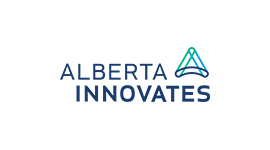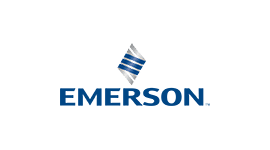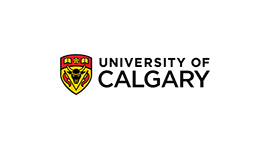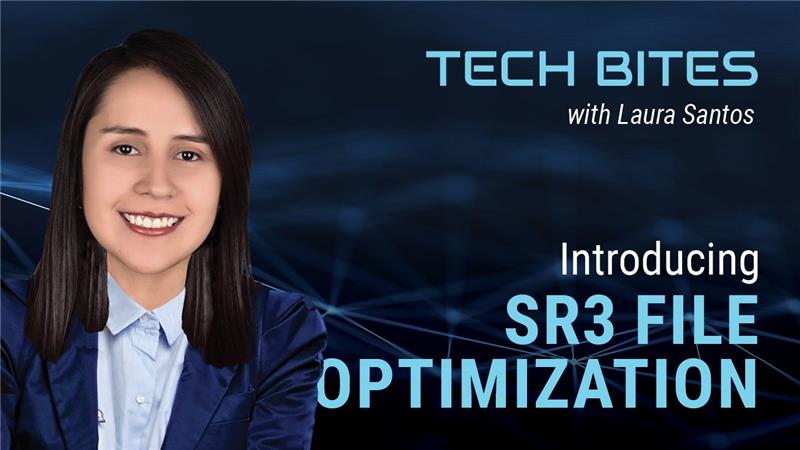Computing hardware and reservoir simulation technologies continue to evolve in order to meet the ever-increasing requirement for improving computational performance and efficiency in the oil and gas industry. These improvements have enabled the simulation of larger and more complex reservoir models. When working with steam assisted gravity drainage (SAGD) operations, determining the optimal steam injection rates and allocation of steam among various multi-well pads is very important, especially given the high cost of steam generation and the current low oil price environment. As SAGD operations mature, steam chambers start to coalesce and interact with each other, forcing producers to face declining oil rates and increasing steam oil ratios (SOR). Operators must work to reduce injection rates on declining wells to maintain a low SOR and free up capacity for newer, more productive wells. Steam injection and allocation between wells and multiple pads then becomes an exercise of optimizing cost, and improving productivity and net present value (NPV).
A case study is performed on a full field SAGD model by optimizing steam delivery aided by Artificial Intelligence (AI) and machine learning enabled algorithms for automated numerical tuning, and dynamic gridding technologies. The model contains 15 pads, 96 well pairs (192 wells), 12.6 million active simulation grid blocks, and represents a typical Athabasca formation geology and fluid properties. The proposed steam delivery optimization considers two main scenarios. The first scenario considers the case in which steam generation capacity is limited, and the optimization process intelligently determines the optimal well and pad level steam injection rates dynamically during the life of the project. The second scenario assumes that steam generation availability is not constrained and the field development plan is optimized based on steam required for maximum recovery from the field as fast as possible. A full field optimized development plan is created for the 15 SAGD pads and 96 well pairs.
Following the optimization, an increase in NPV and reduction in SOR is achieved for the entire field due to the efficient utilization of total available steam. The optimization study required several full field SAGD simulations to be completed in a practical time period, demonstrating that workflows such as this can be carried out for full field thermal models. These models can also be used to evaluate production responses due to varying operating strategies in the field.
This paper presents the optimization of steam allocation for a full field, multi pad SAGD simulation model. It demonstrates that advances in computing and reservoir simulation technology have enabled the simulation of full field models within a reasonable timeframe, allowing engineers to tackle a new class of problems that were previously impractical.








